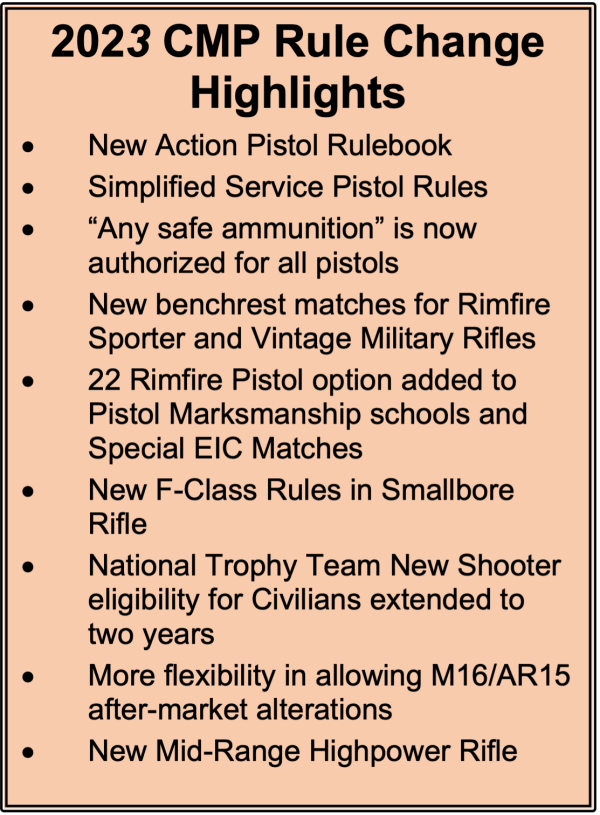Plan Ahead for Food Plot Success

A great task for this time of year is to go ahead and do an equipment check and see if any repairs are in order before planting season. Pull your tractor under a shade tree and make sure all fluids, belts, hoses, and tires are up to snuff and ready for use. Bush-hog blades can be checked for sharpness, and the gear box for the proper amount of fluid. Discs may have bearings or blades that need to be replaced, this is also a good time to grease all bearing fittings. Fertilizer and seed spreaders are always in need of some repair it seems. Give your spreader a good run through and see if there are any parts that need repair or replacement. These all seem like common sense farm chores, but doing them before planting season rolls around can help fall planting go much more smoothly by avoiding break downs in the field that cost you valuable time.
It’s not too early to start thinking about getting fields ready for fall food plots. Fields that weren’t planted in a spring/summer annual are likely grown up in weeds and need some attention before putting a disc in the ground. Overgrown or fallow fields will work up much better if the existing vegetation is killed off. Tall weeds and grasses can be bush-hogged down and followed up by a non-selective herbicide application such as glyphosate. Killing the existing weeds and letting them get good and crispy makes discing or tilling much easier. This results in saving fuel from making less passes with equipment as well as conserving important soil moisture. Making more passes with a disc, plow, or tiller than is necessary can negatively affect your fields by increasing soil compaction and reducing important bacteria and microbes.
If you have noticed that some of your round-up (glyphosate) applications are less effective, it is probably not resistant weeds but rather inefficient herbicide transfer to the target weeds. Most of us use well water on the farm to fill up our spray tanks and well water is notoriously hard water. This hard water can negatively affect your spray solutions by not allowing certain minerals to bond together. Adding ammonium sulfate (AMS) to your spray tank can greatly increase herbicide efficiency and give you much better kill on weeds. AMS is available in a liquid or water soluble granular form. The granular form is usually added at a rate of 10-17 lbs per 100 gallons of water and 1-3 quarts of the liquid AMS per 100 gallons.
Would you like to learn more about improving your hunting and get discounts on the products you need? Learn from the experts by joining the new Mossy Oak GameKeepers Club at www.gamekeepersclub.com. Or call 844-256-4645.






